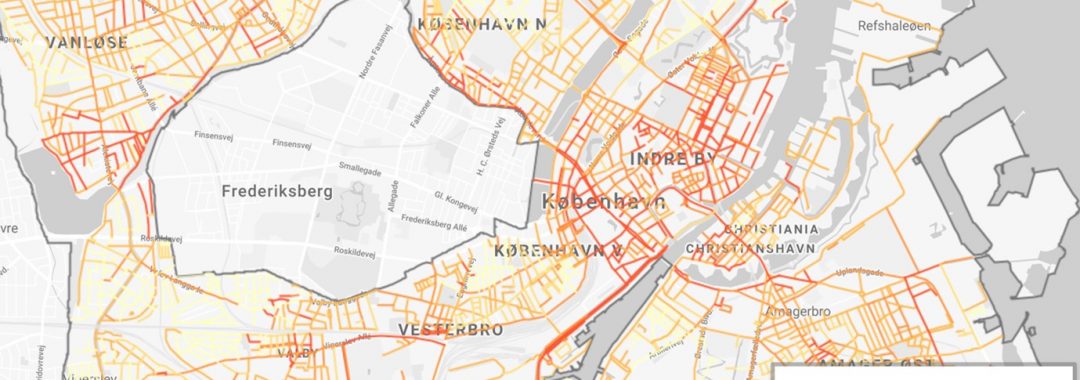Air pollution is often considered a modern phenomenon. But scientific analysis of skulls from ancient excavation sites reveals that in-door air pollution was a big problem for early man due to in-door fires and poor air conditioning in caves and early settlements. Even though life on earth is inseparable from air, historically air pollution has rarely been given much attention due to its colorless, tasteless, and odorless qualities (Spellman 2009). Throughout most of human history the phenomenon has been misunderstood and ignored, and has failed to be recognized as a human health problem. It was not until the 1950s––in the aftermath of the ‘Big Smoke’ disaster in London that ended the lives of some 12,000 citizens–– that researchers around the world started to devote time to this increasingly pertinent topic. The worldwide median loss of life expectancy due to air pollution exposure amounts to approximately 3 years, rivalling tobacco smoking (Lelieveld et al. 2019, 2020).
Until recently air pollution has mostly been represented in spreadsheets, diagrams and coarse-grained maps more or less inaccessible to the public. But in 2014 Project Air View (PAV) was launched in Oakland, California by Google. PAV renders air pollution visible in a new way by using Google street view cars as mobile sensing stations. In contrast to current epistemological practices that are based on few stationary monitoring stations and coarse-grained mathematical modelling, PAV renders air pollution visible at a more fine-grained local level, thereby enabling citizens to know air pollution in technologically mediated ways at ‘street level’. Since 2014 PAV have expanded their operations to London and Copenhagen (see image above) and more cities are in the pipeline. This kind of data-driven approach to climate and air pollution issues, lends itself well to Google’s already established, globally extensive surveillance infrastructure, as well as its empire building tendencies (Zuboff 2019; Galloway 2017:149).
What is perceived as air ‘quality’ by different people is, in practice, located between objective measures and subjective bodily experiences facilitated through the senses. How people perceive and react to the data produced by PAV may vary in relation to their daily air pollution experiences. If ordinary citizens, grass-root movements, and local officials can make better sense of urban air quality through Google’s rendering, what kinds of action and air politics emerges?
One tentative answer is that the politics of partnership and collaboration are currently being enacted by Google as it works with NGOs, municipalities, and universities in Denmark, and abroad, on PAV. This form of knowledge politics contributes to various forms of embedding, as Google weaves itself within the fabric of the state’s scientific apparatus. Whether this should be a cause for citizen concern, is a question I hope to engage with in ongoing research.
Author: Rasmus Tyge Haarløv
Literature:
Galloway, Scott. 2017. The Four: The Hidden DNA of Amazon, Apple, Facebook, and Google. Large Print edition. Random House Large Print.
Lelieveld, Jos, Klaus Klingmüller, Andrea Pozzer, Ulrich Pöschl, Mohammed Fnais, Andreas Daiber, and Thomas Münzel. 2019. “Cardiovascular Disease Burden from Ambient Air Pollution in Europe Reassessed Using Novel Hazard Ratio Functions.” European Heart Journal 40(20):1590–96.
Lelieveld, Jos, Andrea Pozzer, Ulrich Pöschl, Mohammed Fnais, Andy Haines, and Thomas Münzel. 2020. “Loss of Life Expectancy from Air Pollution Compared to Other Risk Factors: A Worldwide Perspective.” Cardiovascular Research.
Spellman, Frank R. 2009. The Science of Air : Concepts and Applications, Second Edition. CRC Press.
Zuboff, Shoshana. 2019. The Age of Surveillance Capitalism: The Fight for a Human Future at the New Frontier of Power. 1 edition. New York: PublicAffairs.
